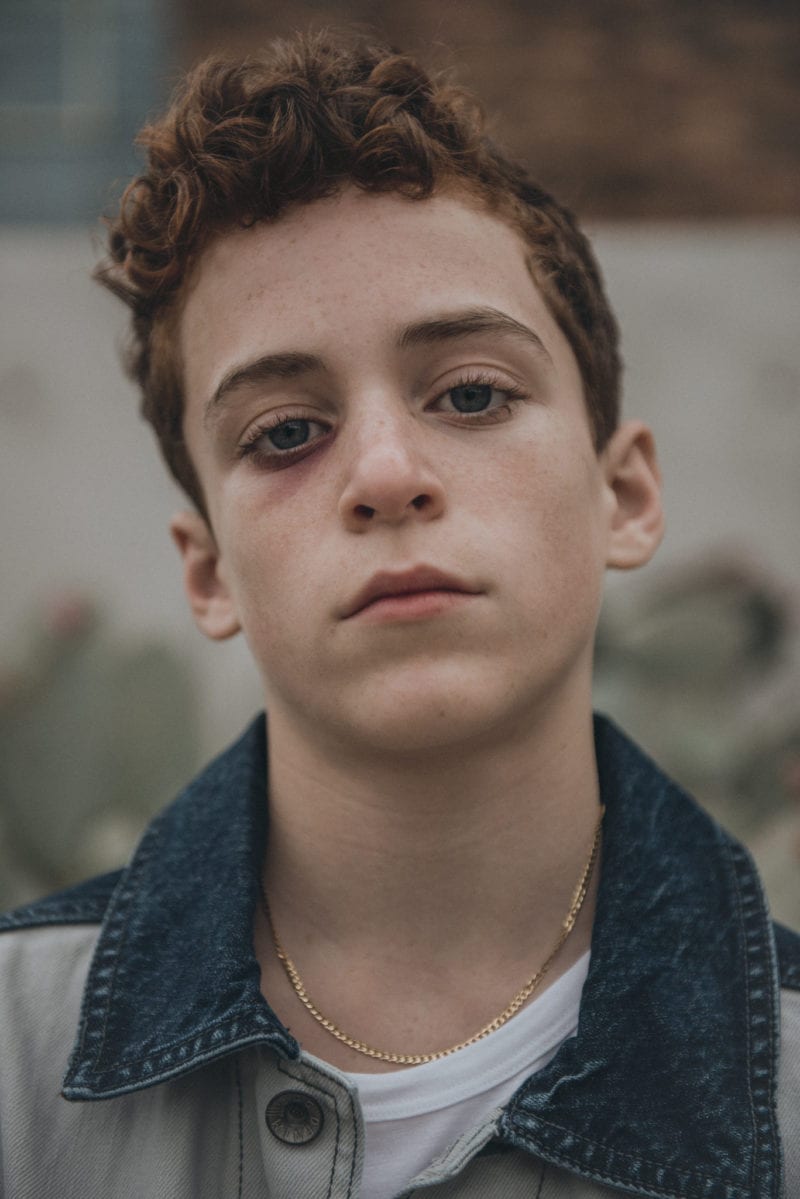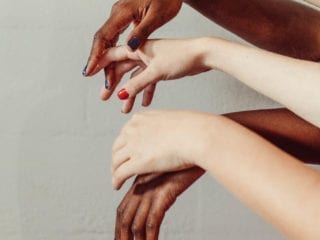This post is a part of a series called “Help Me Understand,” where we practice the art of dialogue about complex topics. The focus is to come around the table and learn to have healthy conversations with people whose views may be different from our own.
We are in the midst of a long overdue cultural reckoning, what some are calling “the great awakening,” around systemic racism in the United States. Indeed, many white Americans are waking up to the dehumanizing ways racism shapes nearly every institution in American life. Intersectional, anti-racist advocacy requires us to look at the way oppressive systems feed each other to create a matrix of white supremacy.
Schools are no exception to this. Shaped enormously by systemic racism, the school-to-prison pipeline describes how schools employ inhumane measures of punishment, control and surveillance that systematically push minority children and children with disabilities into the criminal justice system.
Through more frequent and heavier punishment of minority children, along with an increased police presence in school environments, our education system not only fails Black, brown and Indigenous children, it also feeds the problem of mass incarceration in the United States and engenders deep racial inequality.
Our education system not only fails Black, brown and Indigenous children, it also feeds the problem of mass incarceration in the United States.
Here are a few examples of how the school-to-prison pipeline functions today.
Zero Tolerance Policies
Known also as “three strikes” or “no excuses” policies, zero tolerance policies stipulate that students can be punished, suspended or expelled for any degree of misconduct. This approach was popularized in the 1990s, following a wave of mass violence incidents in schools.
If the last three decades are any indication, then these policies had little to no effect on reducing the magnitude or frequency of school shootings in the United States. Instead, as education researchers illuminate, zero tolerance normalized the excessive punishment of children, at times escalating to arrest. Police have arrested and restrained children as young as 4 years old.
In one 2010 case, 12-year-old student, Alexa Gonzalez, was arrested and detained for writing, “I love my friends Abby and Faith” and “Lex was here 2/1/10” on her school desk with an erasable marker. The school’s principal deemed the pre-teen’s doodles an act of vandalism.
In another situation in 2012, police put 6-year-old, Salecia Johnson, who had a tantrum in handcuffs and took her to the local police station. Johnson was initially charged as a juvenile with simple battery of a teacher and criminal damage to property, but the police chief later announced that the elementary student would not be charged because of her age.
These events are far more common than one might think. In comparison to their white peers, Latino students are nearly twice as likely, Native American students are twice as likely, and Black students are anywhere from three to eight times as likely to be arrested in school. By criminalizing misbehavior typical of children and youth, schools gloss over emotional and sociocultural factors known to directly impact children’s behavior, like trauma, growing up in poverty, hunger, learning differences, anxiety or family instability.
High Rates of Suspension and Expulsion
Zero tolerance policies exponentially increase the rate of suspensions and expulsions in schools. In the 2015-2016 school year, the Civil Rights Data Collection shows that Black, brown and Indigenous children were punished much more severely for more minor infractions compared to white children. Racial disparities in school punishment are striking and begin as early as preschool.
Racial disparities in school punishment are striking and begin as early as preschool.
A 2015 report found that Black boys were suspended at three times the rate of white boys. Similarly, a 2012 study found that Black girls were six times more likely to be suspended than white girls. Furthermore, school punishment varies dramatically between predominantly white and predominantly Black school districts. Reports indicate that some charter schools serving minority children use suspensions and expulsions to inflate test score averages and attendance statistics.
According to The Journal of Youth and Adolescence, once students have been suspended or expelled, they are at least twice as likely to be arrested while not in school. Further, juvenile incarceration reduces the likelihood of high school graduation by 13 percent and increases the likelihood of returning to prison as an adult by 22 percent.
Police Presence in Schools
Along with the rise of zero tolerance policies, police presence in schools has increased steadily since the 1990s. Upwards of 70 percent of American school districts involve police in enforcing rules, providing “counseling” to students and educating the student body on community safety. As police presence in schools has become more widespread, surveillance measures like metal detectors and security cameras have become more ubiquitous as well.
School Resource Officers, SROs, are referred to as “peace officers” assigned to schools to decrease rates of violence and promote friendly relationships between students and police officers. School-Based Law Enforcement, SBLE, on the other hand, works for the school district as a law enforcement body. The effectiveness of placing officers in schools is questionable. Many reports have found these measures to be a waste of resources, contributing less to school safety and more to the problem of mass incarceration and juvenile detention.
[Police presence in schools] contributes less to school safety and more to the problem of mass incarceration and juvenile detention.
The Justice Policy Institute reports, “When schools have law enforcement on site, students are more likely to get arrested by police instead of allowing school officials to handle disciplinary measures. This leads to kids being funneled into the juvenile justice system.” The report cites that schools with SROs arrest students five times more than schools without them.
Increasing the presence of police in schools drains funds for nurses, teachers and counselors. Often, when a school does employ a counselor, they are responsible for more than 400 students, even though counseling services reduce the effects of toxic stress on students, reduce rates of misbehavior and improve education outcomes.
In the midst of this great awakening, we must look clearly at the dehumanizing effects of the school-to-prison pipeline. It is not up to the outraged parents who rush to the sides of their traumatized children at police stations to fix the school-to-prison pipeline.
It is up to all of us to advocate for an education system which supports students as they learn, grow, share and discover who they are. It is up to us to protect the sanctity of the American education system and ensure that it serves children and allows them to gain skills, knowledge, courage and wisdom. It is tenderness, not force, which nurtures life.
How well-informed are you about the school-to-prison pipeline? How can we collectively do better as a society to correct this injustice disproportionately impacting communities of color?
Image via Tony Li, Darling Issue No. 24











1 comment
Given that 1 in 3 black men will be imprisoned, compared to 1 in 17 white men, as a result of this issue, why do you show a white boy for the article image?